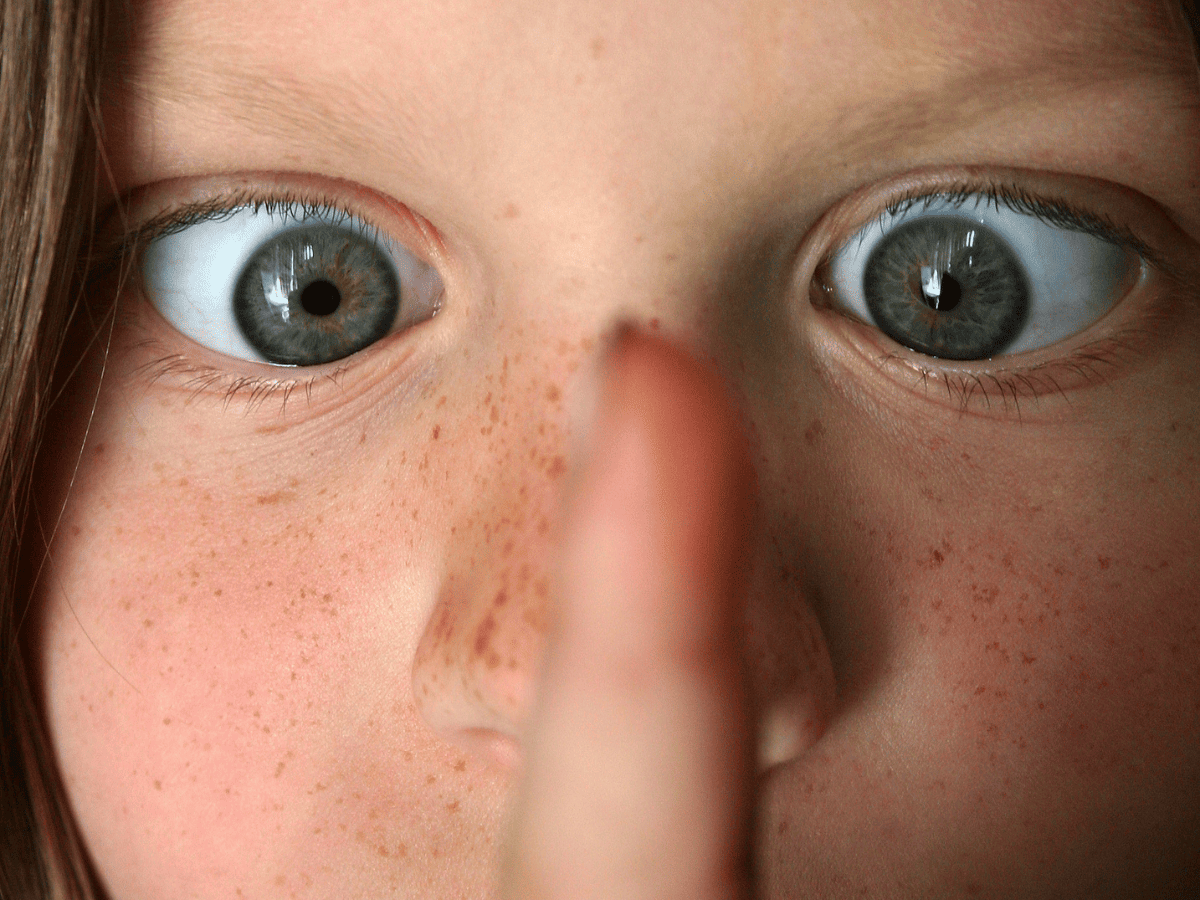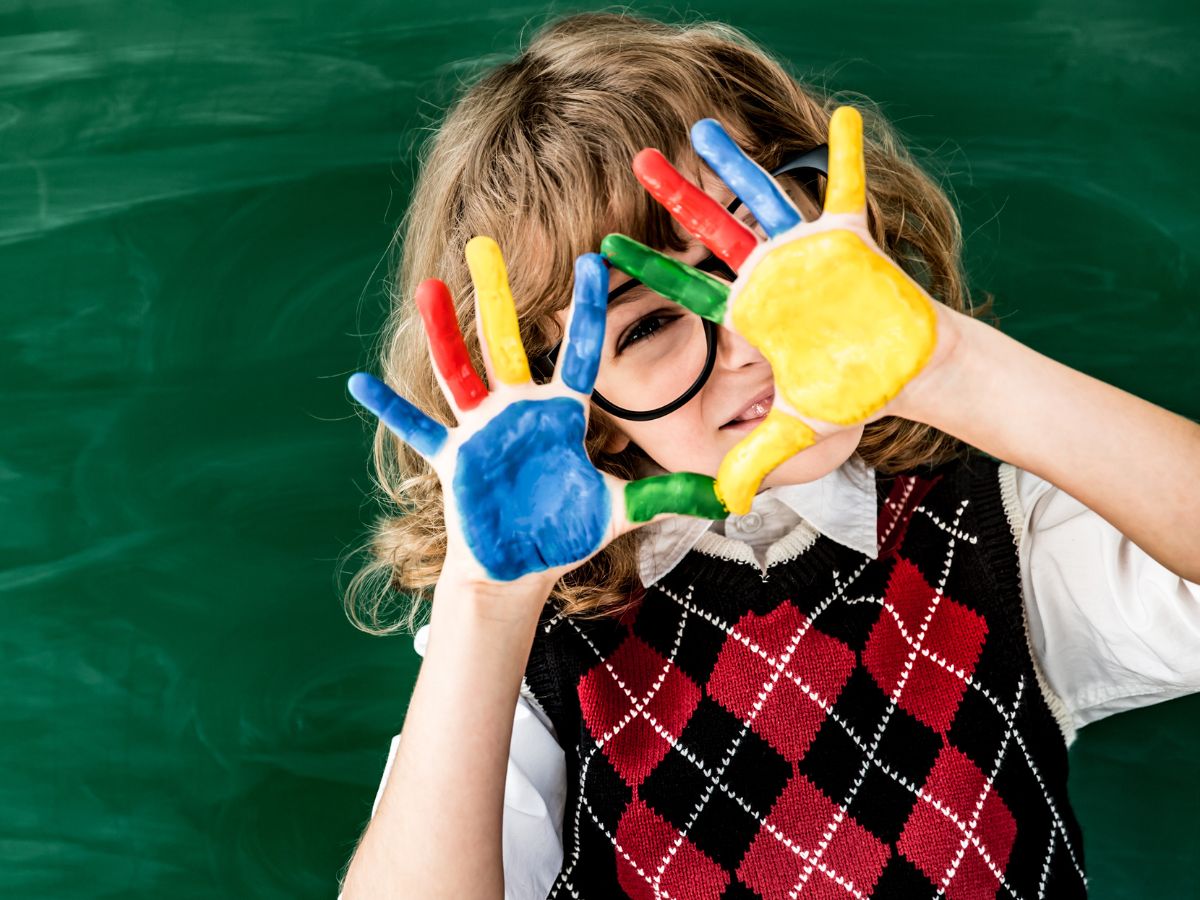Have you ever felt like your eyes aren’t working in sync? Like reading wears you out or focusing up close becomes an impossible task? The key might lie in something called visual convergence. Although it sounds technical, it’s an essential process for seeing well, reading comfortably, and enjoying a good quality of life.
At Enfoca’t, your vision therapy center in Barcelona, we know how crucial it is for your eyes to work in harmony. Today, we want to explain what visual convergence is, why it’s so important, and how we can help if something isn’t quite right.
What is visual convergence?
Imagine holding a pencil and slowly bringing it closer to your nose. To follow it with your eyes and keep it in focus, both eyes must turn inward, pointing at the same spot. This coordinated movement is what we call visual convergence.
Think of your eyes as a synchronized dance team. If one drifts off, the choreography falls apart. The same happens when convergence fails: the brain receives different images from each eye, which can cause discomfort and even make it hard to see clearly.
Why is it so important for your eyes to work as a team?
Good visual convergence is key in many everyday activities:
*Effortless reading
When you read, your eyes need to move in sync line by line. If convergence fails, you might lose your place, skip words, or feel tired after just a few minutes.
*Computer use
Spending several hours in front of a screen requires continuous focus. If your eyes don’t converge properly, you may end the day with headaches, eye strain, or even double vision.
*Sports and outdoor activities
To track a ball, judge distances, or move with agility, you need good depth perception. Proper visual convergence allows your eyes to work together in real time.
*Manual tasks
Whether assembling furniture or doing crafts, focusing on nearby objects with precision requires both eyes to be well-coordinated.
*General visual comfort
When your eyes converge correctly, they work with less effort. That translates into clearer, more stable, and more relaxed vision throughout the day.
What happens when convergence doesn’t work properly?
When there’s a dysfunction in visual convergence, you might notice several symptoms, especially during near tasks:
- Blurry or double vision.
- Frequent headaches.
- Eye fatigue.
- Needing to close or cover one eye to see better.
- Dizziness, unsteadiness, or trouble judging distances.
- Words that “dance” or move while reading.
If you’re experiencing any of these signs, your visual system might be asking for help.
How do we help at Enfoca’t?
At Enfoca’t, every case is treated individually. The first thing we do is a comprehensive visual evaluation, where we assess whether your eyes are working as a team. If we detect a convergence issue, we design a personalized vision therapy plan.
This program includes specific exercises, both in-office and at home, that help strengthen the eye muscles and improve coordination between both eyes.
At Enfoca’t, we’re here to help you recover comfortable, clear, and functional vision. Book your appointment and take the first step toward better visual quality.





